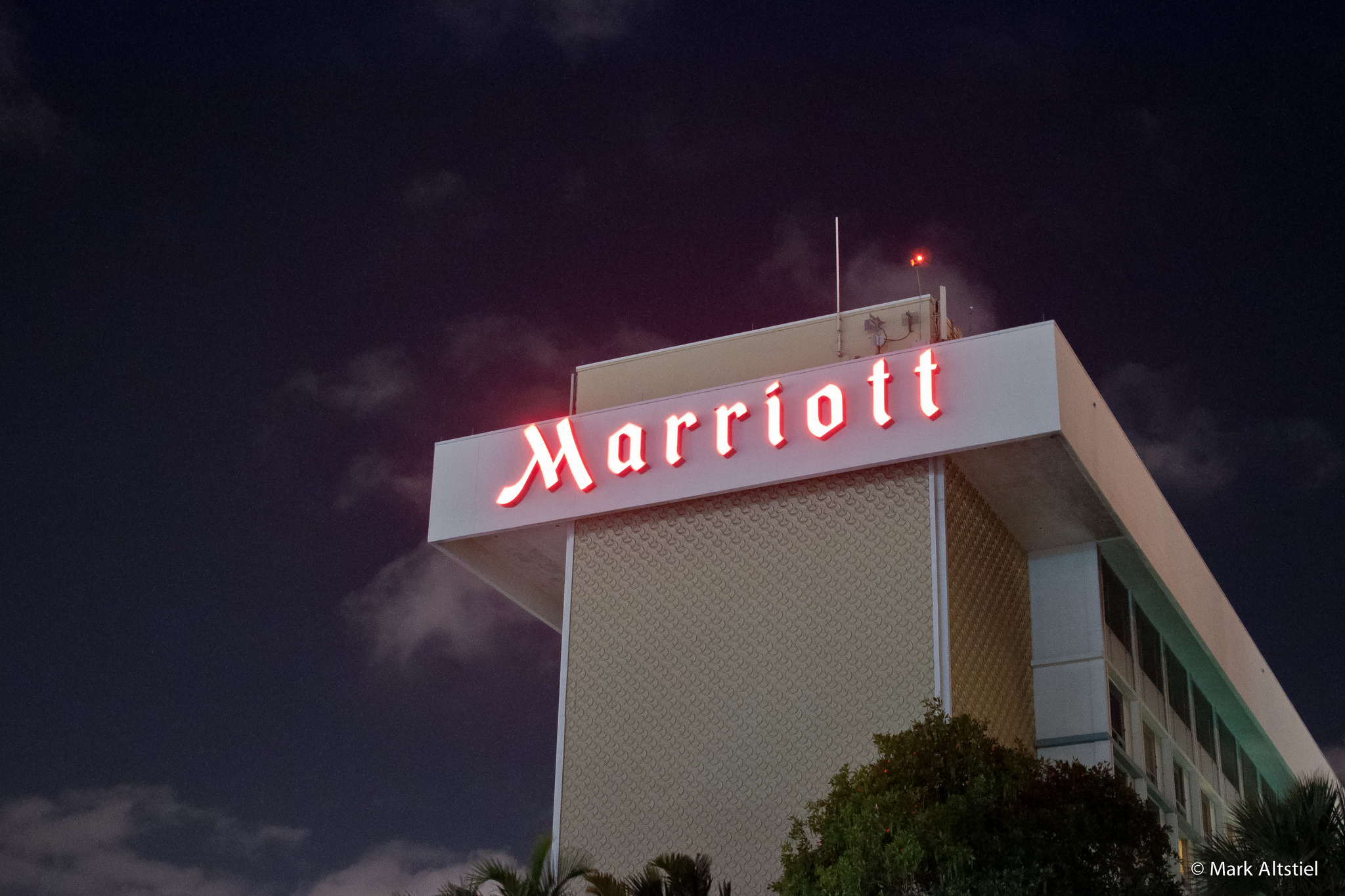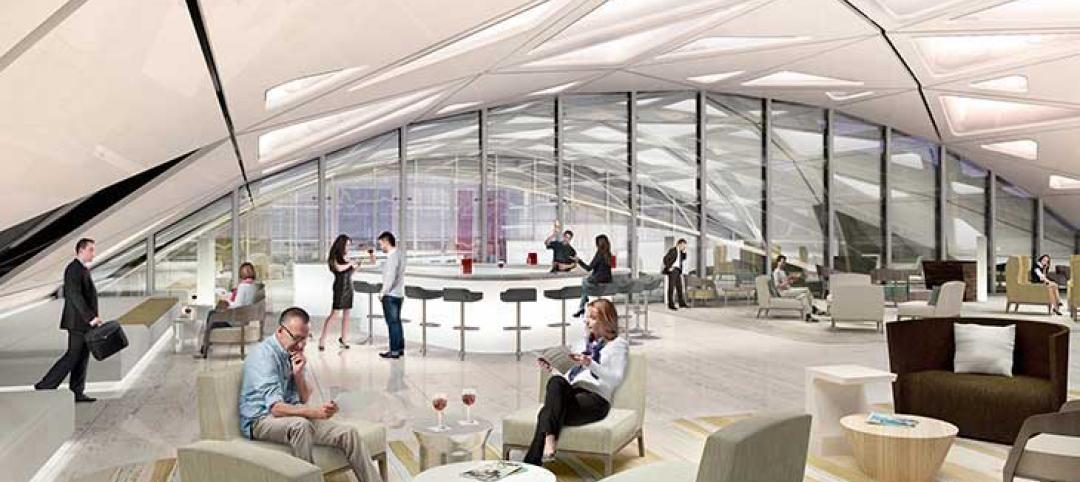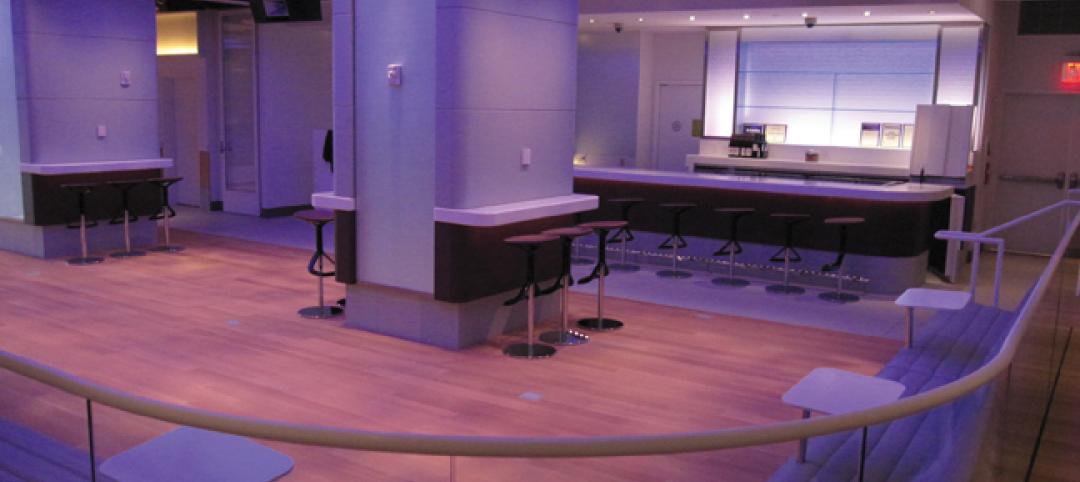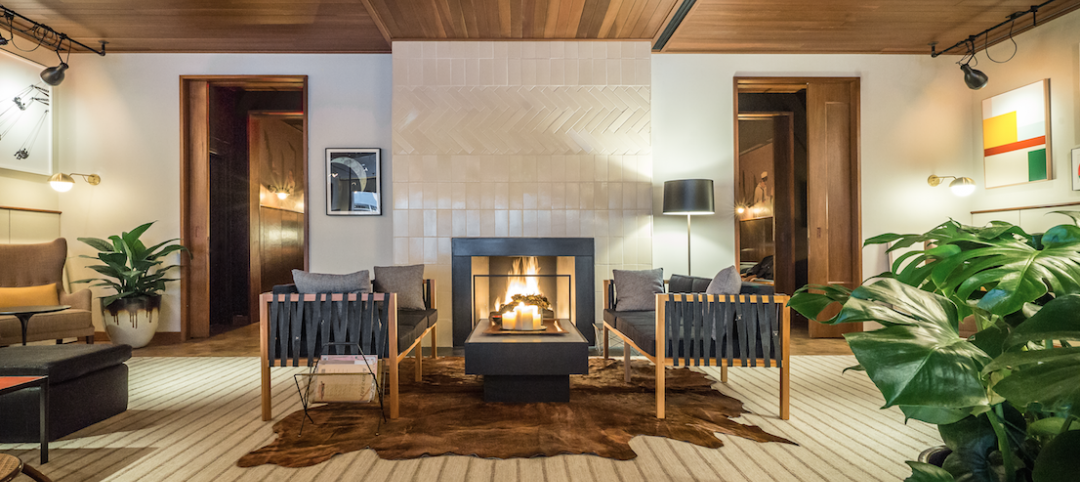Two of the world’s expansion-minded hotel chains are joining forces, as Marriott International has agreed to acquire Starwood Hotels & Resorts Worldwide in a deal valued at $12.2 billion. Marriott will pay $11.9 billion in stock and $340 million in cash. Marriott will also assume Starwood’s recourse debt.
If this deal, which Marriott and Starwood signed on Nov. 17, closes as expected, it would create the world’s largest hotel company, with 5,500 properties and more than 1.1 million rooms, operating under 30 brands in more than 100 countries.
Marriott, based in Bethesda, Md., and Starwood, based in Stamford, Conn., are big franchisors, with most of Marriott’s properties and about half of Starwood’s 1,270 hotels operating as franchises owned by private investors.
There are 54 million members in the Marriott Rewards program, and 21 million in Starwood’s Preferred Guest loyalty program. These programs differ in complexity and how points are earned and rewarded, so they will need to be reconciled as a result of this deal, which is expected to close by next summer.
Marriott’s president and CEO, Arne Sorenson, projected that this combination to generate $200 million in annual savings by the second full year after this deal is closed, although he did not provide specifics. Industry observers expect there could be some brand shakeouts.
Starwood will spin off its timeshare business.
Starwood has been on the block since last sprint, and its management had been talking with several investors and competitors about merger possibilities. The Los Angeles Times and other news outlets report that as recently as last month, three Chinese companies had expressed interest in acquiring the hotelier.
 Phoenix's Sheraton Hotel. Marriott will look to improve growth of Sheraton, a Starwood brand. Photo: Kevin Dooley/Creative Commons.
Phoenix's Sheraton Hotel. Marriott will look to improve growth of Sheraton, a Starwood brand. Photo: Kevin Dooley/Creative Commons.
Sorenson told CNBC that his company and Starwood started negotiating about seven months ago, and signed nondisclosure agreements. “Initially, we were dissuaded. We thought the company was expensive and we backed away a bit,” he recalled. But Starwood became more attractive to Marriott as “the months went by and we saw a relative shift in the value of the company.” Starwood’s stock price lost about 15% of its value during the negotiating period.
“Our board concluded that a combination with Marriott provides the greatest long-term value for our shareholders and the strongest and most certain path forward for our company,” said Bruce Duncan, Starwood’s chairman. “Starwood shareholders will benefit from ownership in one of the world's most respected companies, with vast growth potential further enhanced by cost synergies.”
Marriott plans to accelerate the growth of Starwood’s brands, which include such well-known names as Sheraton and Westin, and boutique brands like W and Aloft. “The combined company will have a broader global footprint,” it stated.
In its most recent quarterly report to shareholders, released on October 28, Marriott anticipated that its room count in 2015 would increase by 7% to 8%, including 9,600 rooms from its earlier acquisition of Delta Hotels. Marriott expected its room count to increase by another 8% in 2016. “Nearly 40% of our more than 260,000-room pipeline is already under construction,” the company stated.
The big question for AEC firms with hospitality practices is how the Marriott-Starwood combo might affect the two companies’ design and construction choices, and whether this deal triggers more mergers-and-acquisition activity in that sector, further reducing their client pool.
Related Stories
Hotel Facilities | Aug 2, 2016
The dot-com generation: How Millennials are influencing hospitality
Millennials’ desire for authentic experiences has been the catalyst for a refresh of most brand standards, writes Gensler's Lisa Kong
High-rise Construction | Jun 29, 2016
Best Tall Buildings around the world favor unusual shapes and hybrid functions
The Council on Tall Buildings and Urban Habitat selects winners in four regions.
Movers+Shapers | Jun 13, 2016
THE DISRUPTORS: The Millennial generation is imposing its will on design
AEC firms, particularly those that design hotels and offices, gain a competitive edge by knowing how to appeal to the largest share of the American workforce.
Hotel Facilities | May 17, 2016
U.S. hotel construction pipeline full, fueled by upscale property segment
The 506,000 rooms under contract in April represent a 14.6% YoY increase.
High-rise Construction | May 17, 2016
Foster + Partners-designed towers approved as part of massive neighborhood redevelopment in San Francisco
One of Oceanwide Center’s buildings will be the city’s second tallest.
Retail Centers | May 10, 2016
5 factors guiding restaurant design
Restaurants are more than just places to eat. They are comprising town centers and playing into the future of brick-and-mortar retail.
Hotel Facilities | Mar 9, 2016
New hotel rooms generate an intergenerational battle
Hotels are going for a new minimalist look to attract younger guests, but some older business travelers don't like the small "desks"—and they don't want to work in the hotel lobby. But it's really all about trimming construction costs.
Hotel Facilities | Jan 19, 2016
8 trends sparking the hospitality sector
Hotels and restaurants are branching out to attract more customers—and hold onto them longer.
| Jan 14, 2016
How to succeed with EIFS: exterior insulation and finish systems
This AIA CES Discovery course discusses the six elements of an EIFS wall assembly; common EIFS failures and how to prevent them; and EIFS and sustainability.
Hotel Facilities | Jan 13, 2016
Hotel construction should remain strong through 2017
More than 100,000 rooms could be delivered this year alone.

















